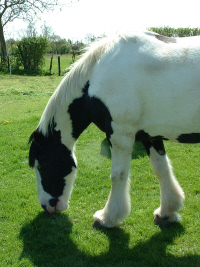Despite improvements in anaesthetic techniques, there is still a significant risk of a horse dying under anaesthetic.
In 2002, the Confidential Enquiry into Perioperative Equine Fatalities (CEPEF), found the risk of death in horses (up to 7 days after anaesthesia) to be about 1 in 100, higher than in dogs and cats (about 1 in 1000). The perioperative mortality rate in man, for comparison, is one in ten thousand.
Anaesthetic drugs and procedures have advanced since then, but have they increased the outcome/ reduced the risk of perioperative mortality?
A new study of anaesthesia related fatalities in horses (CEPEF4) is now underway.
The study will collect data from cases of general anaesthetic procedures, or standing sedation lasting longer than 15 minutes, in horses and donkeys from around the world.
So far, 70 clinics around the world have contributed information from 9000 cases, mostly from Belgium, United Kingdom, Australia, Ireland, France, Switzerland and Spain.
The prospective study aims to evaluate perioperative fatality rate and identify factors that increase or reduce the risk of mortality.
The project was presented to the Association of Veterinary Anaesthesiologists meeting in Dublin, 2020. A video of the presentation is available:




